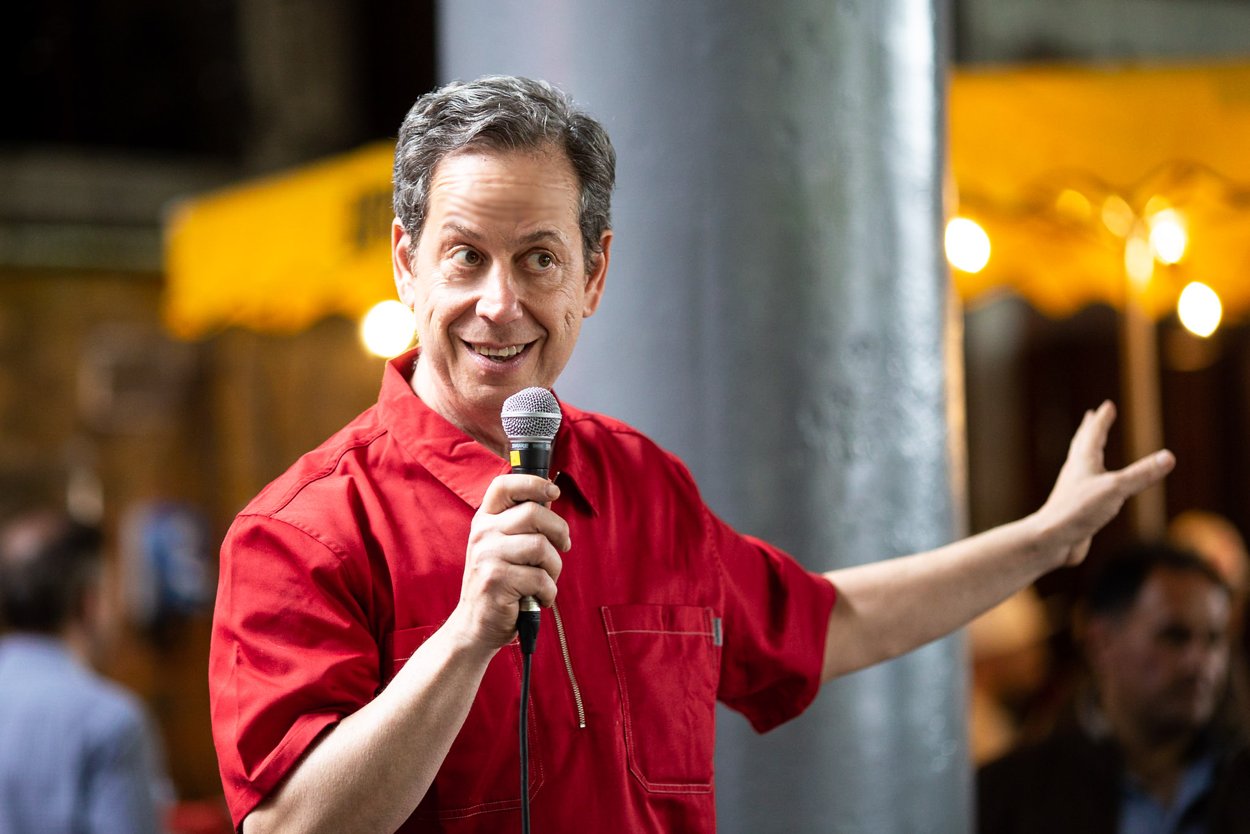 The coffee craze and the ensuing demand for coffee ice creams, brandies and sodas have caught the attention of International Flavors & Fragrances (IFF), the fragrance house which developed the scents for such perfumes as Prada, Lancôme Trésor and Calvin Klein Eternity. Brian Grainger, IFF’s Vice President of Flavor Creation, ranks coffee, with over 800 known organic compounds, ahead of chocolate and behind only roast meats among the most chemically complex flavors in the world.
The coffee craze and the ensuing demand for coffee ice creams, brandies and sodas have caught the attention of International Flavors & Fragrances (IFF), the fragrance house which developed the scents for such perfumes as Prada, Lancôme Trésor and Calvin Klein Eternity. Brian Grainger, IFF’s Vice President of Flavor Creation, ranks coffee, with over 800 known organic compounds, ahead of chocolate and behind only roast meats among the most chemically complex flavors in the world.
At the IFF laboratories in Hazlet, New Jersey, his challenge is to create coffee extracts that smell as good as freshly brewed coffee. An IFF client developing a new coffee drink for the growing Japanese market might want its flavor to resemble that of a specific brand – Illy Espresso, perhaps, or Starbucks Breakfast Blend. Grainger and his fellow flavourists must analyse that coffee and approximate its aroma through a blend of natural and, where appropriate, synthetic flavors.
 The coffee brew is fed into a gas chromatogram or “GC,” which sorts molecules by size and polarity (solubility). Giant electromagnets search among the molecules for the odorous components. Those most characteristic of freshly brewed coffee are not always what you would want to advertise on a package. Coffee aroma typically contains trans-2-nonenal, a cardboardy smell that brings to mind the musty pages of an old book; 3-mercapto-3-methyl butyl formate, an aromatic component in sauvignon blanc wines associated with the scent of cat pee; and a complex
The coffee brew is fed into a gas chromatogram or “GC,” which sorts molecules by size and polarity (solubility). Giant electromagnets search among the molecules for the odorous components. Those most characteristic of freshly brewed coffee are not always what you would want to advertise on a package. Coffee aroma typically contains trans-2-nonenal, a cardboardy smell that brings to mind the musty pages of an old book; 3-mercapto-3-methyl butyl formate, an aromatic component in sauvignon blanc wines associated with the scent of cat pee; and a complex  mix of phenolic compounds and nitrogen compounds with the inviting smell of an overused ashtray. Nevertheless, when these are blended with components suggestive of vanilla, dried fruit, maple syrup or smokiness, the overall effect is pleasing and instantly recognizable. By dipping blotters into extracts and oils redolent of these disparate odors, Grainger can smell if not taste a great cup of coffee.
mix of phenolic compounds and nitrogen compounds with the inviting smell of an overused ashtray. Nevertheless, when these are blended with components suggestive of vanilla, dried fruit, maple syrup or smokiness, the overall effect is pleasing and instantly recognizable. By dipping blotters into extracts and oils redolent of these disparate odors, Grainger can smell if not taste a great cup of coffee.


0 Comments